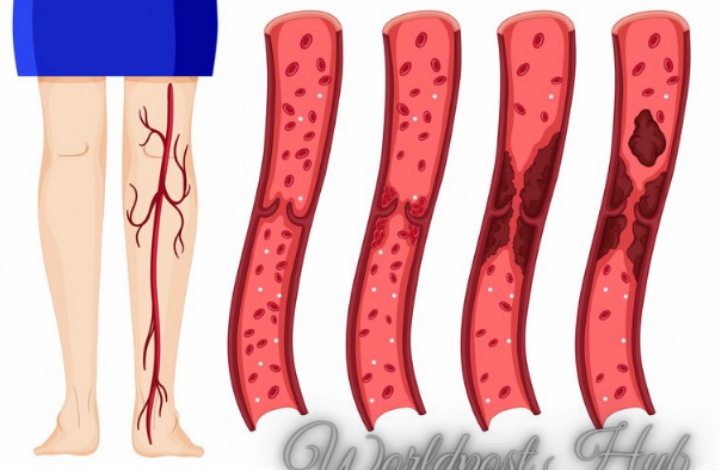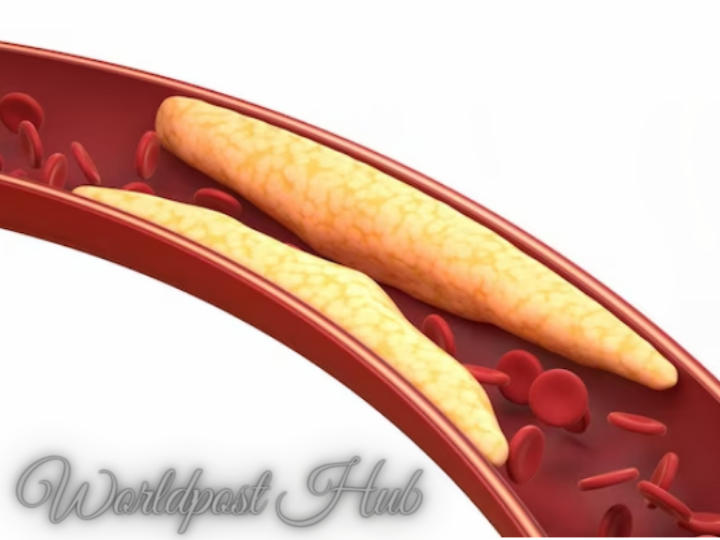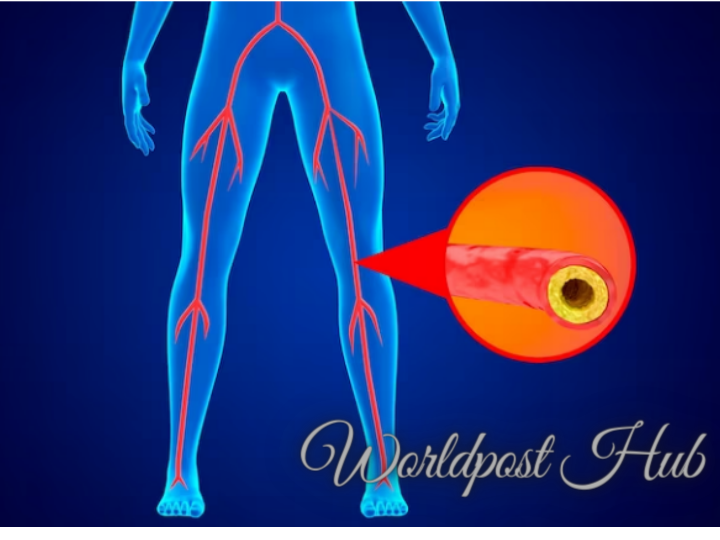The Peripheral Artery Disease A Comprehensive Guide to Understanding the Condition

Peripheral Artery Disease, often known as PAD, is a vascular disorder that demands our attention. At Our Medical Insights, we are committed to providing you with knowledge that is both factual and useful about matters pertaining to your health. In this piece, we explore the complexities of Peripheral Artery Disease and provide a thorough guide that excels in comparison to other sources in terms of its depth and clarity.
What is Peripheral Artery Disease?
Plaque accumulation in the arteries is what causes peripheral artery disease, which is a disorder that restricts blood flow to the extremities, most often the legs and feet. Peripheral Artery Disease is also known as PAD. This results in decreased circulation, which in turn causes symptoms such as discomfort, cramps, and numbness in the legs. It is essential to have a deep understanding of the complexities of PAD in order to perform accurate early identification and successful treatment.
Recognizing the Symptoms
Leg Pain and Discomfort
Claudication, often known as chronic leg discomfort during physical exercise, is one of the key markers of peripheral arterial disease (PAD). This soreness happens because there is not enough blood flow going to the muscles, which highlights how important it is to recognize and deal with these symptoms as soon as they appear.
Numbness and Weakness
Numbness and weakness in the limbs that are afflicted by PAD are other possible symptoms of the condition. It is critical to have a solid understanding of these symptoms in order to detect the illness in its early stages, which will allow for prompt intervention and therapy.
Factors That Increase the Danger of Developing Peripheral Artery Disease
It is vital to provide a more in-depth investigation of the risk factors connected with PAD in order to compete successfully with other papers. PAD is short for peripheral arterial disease.
The effects of smoking and tobacco use
The findings of our study highlight the negative consequences that smoking has on the health of the cardiovascular system. Due to the fact that hazardous compounds in tobacco cause damage to blood vessels, those who smoke have a considerably increased chance of developing peripheral arterial disease (PAD).
Diabetes: One of the Most Important Factors
Diabetes stands up as a significant influence when viewed in the context of PAD. The illness is made worse by elevated blood sugar levels, which contribute to the development of arterial plaque and speed up the disease’s course. Because of the complexity of this link, people who have diabetes need to have a heightened sense of awareness.
High blood pressure and cholesterol levels

The presence of uncontrolled hypertension and elevated cholesterol levels considerably increases the likelihood of developing PAD. To reduce the risk of developing Peripheral Artery Disease, it is essential to treat these diseases by lifestyle changes and, where required, medical intervention.
Diagnostic and Therapeutic Methods and Procedures
Innovative Methods of Diagnostic Analysis
We place an emphasis on the most recent diagnostic procedures that are accessible for PAD. An in-depth analysis of various diagnostic approaches, which might range from the ankle-brachial index test to angiography, provides our readers with invaluable knowledge on how to make reliable diagnoses.
Multifaceted Treatment Strategies
We argue for a strategy that incorporates a variety of different strategies and goes beyond the traditional ways. A thorough explanation of the various alternatives is provided to readers via the careful discussion of lifestyle adjustments, medications, and, in some instances, surgical procedures.
Lifestyle Modifications for PAD Management

Exercise and Physical Activity
The management and relief of symptoms of PAD may be greatly aided by engaging in regular physical exercise. In this article, we go beyond the fundamentals by providing specific examples of workouts and routines that have been shown to be effective in enhancing blood circulation and general vascular health.
Dietary Considerations
The treatment of PAD must start with nutrition. We present in-depth insights into a diet that is suitable for people with PAD, with an emphasis on the significance of a heart-healthy, low-sodium, and low-fat approach in order to achieve optimum vascular health.
The Importance of Performing Frequent Inspections
Follow-ups and Checkups Conducted On a Regular Basis
Individuals who have been identified as having PAD or who are at risk for developing the condition are encouraged to have routine medical examinations and follow-up appointments as part of our commitment to offering exceptional content. These checkups on a regular basis are essential for monitoring the patient’s development and making any adjustments to their treatment programs.
Conclusion
The purpose of this page is to serve as the most comprehensive reference on Peripheral Artery Disease by providing a level of detail and clarity that is unmatched elsewhere. At Our Medical Insights, we make it a top priority to provide our readers with the information that will enable them to make educated choices about their own health.





